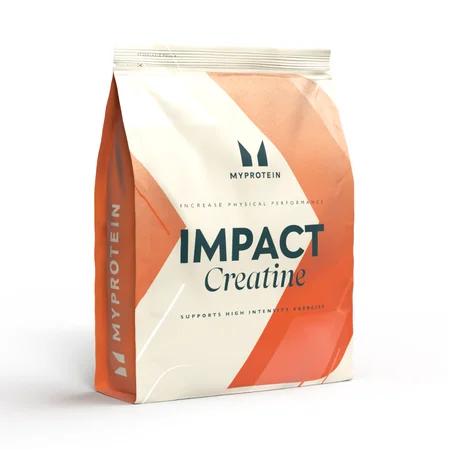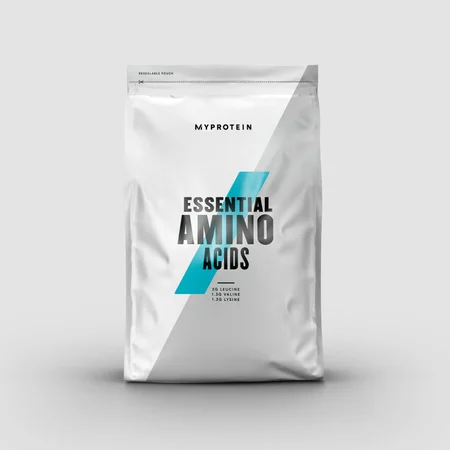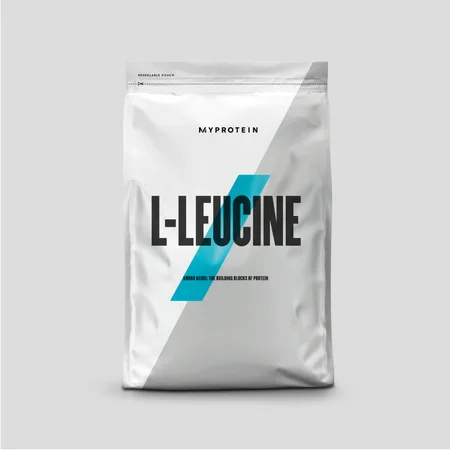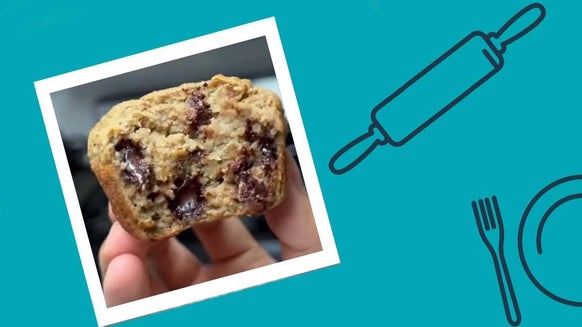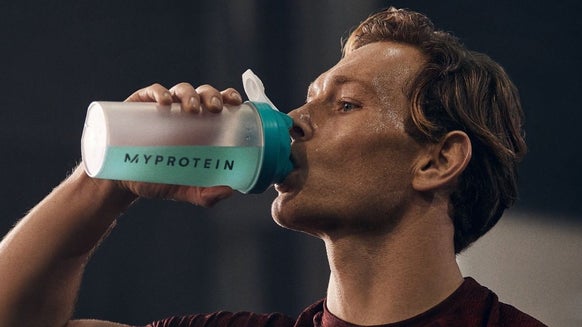Περί-προπονητική διατροφή και συμπληρώματα !

Πέρυσι, είχα γράψει ένα αρθράκι για το γεγονός ότι δεν χρειάζεται να είσαι τόσο μανιακός για την αναπλήρωση της πρωτεϊνης σου μετά την προπόνηση. Και όσο αυτό είναι βάσιμο, εμείς δεν θέλουμε το μέτριο, δεν θέλουμε το καλό. Θέλουμε το βέλτιστο! Σε αυτή την περίπτωση αυτό που ονομάζεται πέρι-προπονητική διατροφική συμπλήρωση παίζει ρόλο. Δεν μου αρέσει να είμαι απόλυτος. Το να πει κάποιος ότι το μόνο που χρειάζεται είναι να ξέρεις τις θερμίδες που τρως για να δομίσεις το σώμα σου είναι παράλογο. Δηλαδή μπορώ να γίνω τεράστιος με donughts μόνο; Πόση έρευνα για πρωτείνη θα έπρεπε να του στείλω!! Απο την άλλη το να πει κάποιος ότι nutrient timing (το πότε θα καταναλώσεις τι) δεν είναι και κάτι πολύ σοβαρό…αλήθεια; προσπάθησε να μη φας για μια εβδομάδα και τα λέμε μετά. Πάμε να δούμε τι θα βοηθούσε και πότε λοιπόν. Να σημειώσω ότι αναφέρομαι σε άτομα που γυμνάζονται με αντιστάσεις.
Πριν την προπόνηση:

Ξέχνα τα pre workout supplements ( προ-προπονητικά συμπληρώματα) που ήξερες. Ξέχνα αργινίνη , γλουταμίνη κλπ. Δεν υπάρχουν αρκετές έρευνες που να δείχνουν ότι υπάρχει κάποιο θετικό αποτέλεσμα όσον αφορά την προπόνηση σου. Περισσότερα απο αυτά επίσης έχουν πολύ λιγότερο σε περιεκτικότητα από τα συστατικά που διαφημίζουν ότι έχουν.
Τη μεγαλύτερη διαφορά θα την κάνει ένα “γεύμα” πρίν την προπόνηση (30-60 λεπτά) με μια αναλογία 2:1 υδατάνθρακες προς πρωτεΐνηκαι εδώ ταιράζει πολύ ωραία κάτι σε μορφή υγρή ώστε ιδανικά να επιτεύξουμε γρηγορότερη εκκένωση πριν την προπόνηση.
Προσπάθησε να κάνεις προπόνηση χωρίς υδατάνθρακες και πες μου τι έγινε. Μάλλον θα έρθω μαζί σου να σε ξυπνήσω γιατί θα σε έχει πάρει ο ύπνος στην πρέσα ποδιών.
Θα μπορούσες να προσθέσεις και λίγα λιπαρά(φυστικοβούτυρο για παράδειγμα) για να αποτρέψεις τη γλυκόζη απο το να ανέβει απότομα και να σε κάνει υπογλυκαιμικό (λόγω αυξημένης ινσουλίνης) (1). Τα λιπαρά θα καθυστερήσουν την είσοδο της γλυκόζης στο αίμα (2-4).
Αν θα προτεινα κάτι άλλο πριν την προπόνηση θα έλεγα κιτρουλίνη,καφεΐνη, βήτα αλανίνη και κρεατίνη. Δεν θα αναλύσω το τρόπο δράσης και αποτελεσματικότητας της καθεμιάς, υπάρχει πληθώρα πληροφορίας στο Ίντερνετ. Καφεΐνη σε ποσότητα 3-6 mg/kg σωματικού βάρους. Πρόσεξε το mg και όχι gr! Αλλιώς θα με πέρνεις τηλέφωνο το βράδυ για να βγούμε επειδή δεν θα μπορείς να κοιμηθείς. Η σιτρουλίνη (μείωση κόπωσης, αύξηση αργινίνης) θέλει λίγο υψηλότερες δώσεις της τάξεως των 8-10 gr.
Η βήτα αλανίνη (μυϊκή αντοχή, αναερόβια αντοχή) όπως και η κρεατίνη, θα την έπερνε κάποιος ο οποίος δεν θέλει να χάσει μυϊκή μάζα ή ακόμα και να βάλει. Αυτές τις ουσίες βέβαια μπορείς να τις πάρεις και άλλες ώρες μιας και ο μηχανισμός δράσης τους δεν βασίζεται στο πότε θα τα πάρεις.
Κατά τη διάρκεια:

Η προπόνηση αντιστάσεων ενεργοποιεί ένα κύκλο καταβολισμού μυϊκής πρωτεΐνης και σύνθεσης αυτής (2 διαδικασίες που συσχετίζονται) (5). Ενα από τα ζητούμενα της μυϊκής υπερτροφίας είναι η μυϊκή “καταστροφή” αλλά όχι ο καταβολισμός.
Αν πρόκειται να κάνεις σκληρή προπόνηση που θα διαρκέσει πάνω απο μία ώρα θα ήταν καλή ιδέα να συμπληρώσεις με πρωτεΐνη και υδατάνθρακα.
Τα απαραίτητα αμινοξέα ειδικά η λευκίνη και τα διακλαδισμένα αμινοξέα έχουν αναβολικές ιδιότητες (6-10) και αντι-καταβολικές (11,12) ειδικά όταν καταναλώνονται στην ελεύθερη μορφή τους (13) το οποίο είναι ιδανικό για την γρήγορη ενεργοποίηση της πρωτεϊνοσύνθεσης.
Προσθέτωντας υδατάνθρακα σε συνεργία θα αυξήσει την ινσουλίνη (14,15) για την αναπλήρωση γλυκογόνου και θα αναστήλει την διάσπαση της πρωτεΐνης (16).
Μετά την προπόνηση:

Υδρολυμένες πρωτείνες γιατί ανεβάζουν τα αμινοξέα στο αίμα (17) και τα επίπεδα ινσουλίνης (18) πιο γρήγορα από τις άθικτες πρωτεΐνες και επαυξάνουν τη σύνθεση γλυκογόνου ασχέτως (αυξημένης) ινσουλίνης (19).
Ειδικά, δι και τρι-πεπτίδια αποροφόνται γρήγορα μέσω ενός εντερικού μεταφορέα (20) κάτι που μπορεί να εξηγήσει γιατί ένας υδρολυμένος ορός γάλακτος μπορεί να ενεργοποιήσει μετά-προπονητική πρωτεϊνοσύνθεση περισσότερο απο τα δομικά αμινοξέα του ίδιου του ορού γάλακτος μόνα τους (21).
Υδατάνθρακες υψηλού γλυκαιμικού δείκτη γιατί παρόλο που έχουν ένα μικρό αναβολικό effect, έχουν ένα πολύ δυνατό effect όσον αφορά την αναπλήρωση του γλυκογόνου. Επιπλέον, οι υδατάνθρακες, εκτός απο την αποκατάσταση γλυκογόνου πιθανώς να συμβάλλουν σε μείωση του μυϊκού κάματου (22,23), μείωση στα επίπεδα κορτιζόλης (24,25) βελτιώνοντας έτσι μακροπρόθεσμα πιθανά μυϊκά κέρδη (26).
Μην ξεχνάς, στο διάστημα των 6 ωρών μετά την προπόνηση σου, εκεί θα πρέπει ιδανικά να καταναλώσεις το μεγαλύτερο ποσοστό των (στερεών) υδατανθράκων της ημέρας.
Αν μπορείς να πάρεις ότι χρειάζεσαι διατροφικά απο το φαγητό σου αυτό είναι και το ιδανικό. Όχι πάντα εφικτό. Παράδειγμα; για να πάρεις την ανάλογη κρεατίνη απο φαγητό θα έπρεπε να τρως 5 μπριζόλες την μέρα η να πίνεις αίμα αγελάδας για να ξεδιψάσεις. Απο την άλλη αν τρως ψάρι αρκετές μέρες στην εβδομάδα μάλλον δεν χρειάζεσαι επιπλέον συμπλήρωση σε ωμέγα 3.
Συμπέρασμα
Εν κατακλείδι. Nutrient timing. Πόσο βασικό είναι; Επειδή μου αρέσει να είμαι ειλικρινής, θα αρχίσω με το να πω ότι το πιο βασικό είναι να ξέρει κάποιος τις μακρομοριακές του (πρωτεΐνη, υδατάνθρακας, λίπη) ανάγκες πρώτα και μετά όλα τα άλλα.
Τι πρέπει να φας πριν, κατά τη διάρκεια και μετά την προπόνηση πιθανόν να σου δώσει ένα ανταγωνιστικό πλεονέκτημα. Πόσο; Ενα 10%. Τι σημαίνει αυτό σε πραγματικά νούμερα: Αν είσαι αρχάριος, δυνητικά μπορείς να κερδίσεις 10 lb/χρόνο. Αν χρησιμοποιήσεις nutrient timing πιθανόν να κέρδιζες 11 lb. Αν όχι, 9-10 lbs. Εκλασε η φοράδα στα αλώνια θα σκέφτηκες και θα συμφωνήσω. Αν όμως από την άλλη σκεφτείς ότι στη ζωή σου θα κερδίσεις 60 lbs με σωστή προπόνηση, με nutrient timing θα μπορούσες να πάρεις άλλες 5 lbs. Για μερικούς όμως, πχ για έναν αγωνιστικό bodybuilder αυτό μπορεί να κάνει τη διαφορά.
Μην ξεχνάς επίσης ότι η περί-προπονητική διατροφή (υδατάνθρακας+πρωτεΐνη) έχει αποδειχθεί να βοηθά περισσότερο προπονημένους και όχι τόσο πολύ αρχάριους (27). Ειδικά όταν πρόκειται για πρωτεΐνη είναι πιο βασικό να υπάρχει μια συχνή πρόσληψη κατά τη διάρκεια της μέρας και όχι τόσο αν υπάρχει πρόσληψη αμέσως μετά την προπόνηση.

